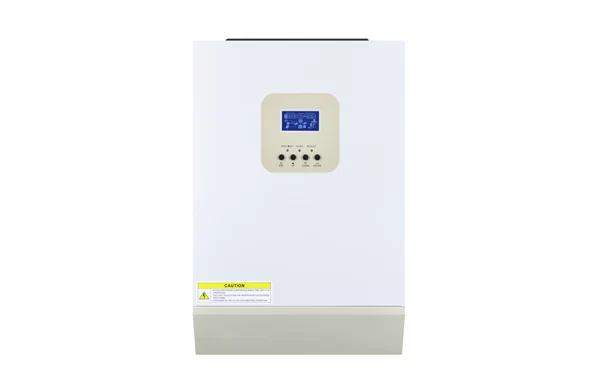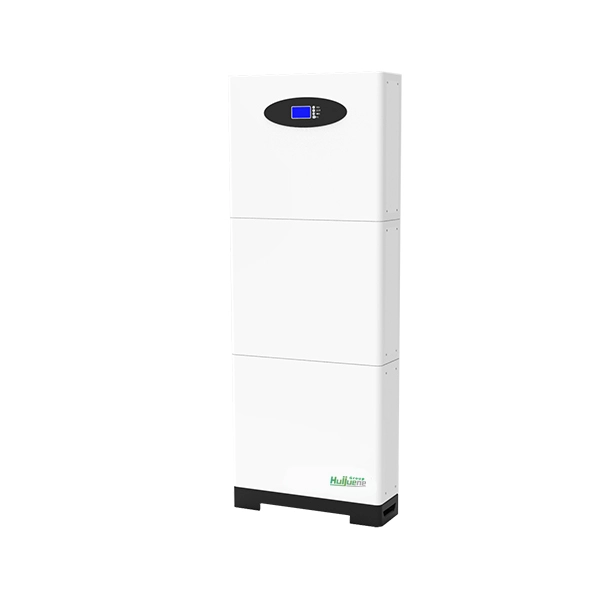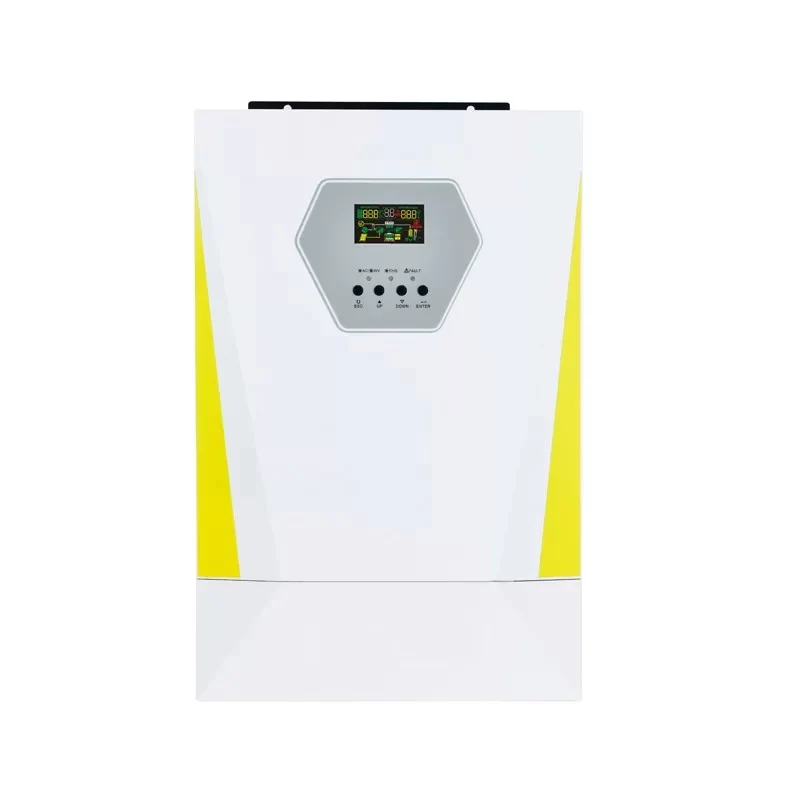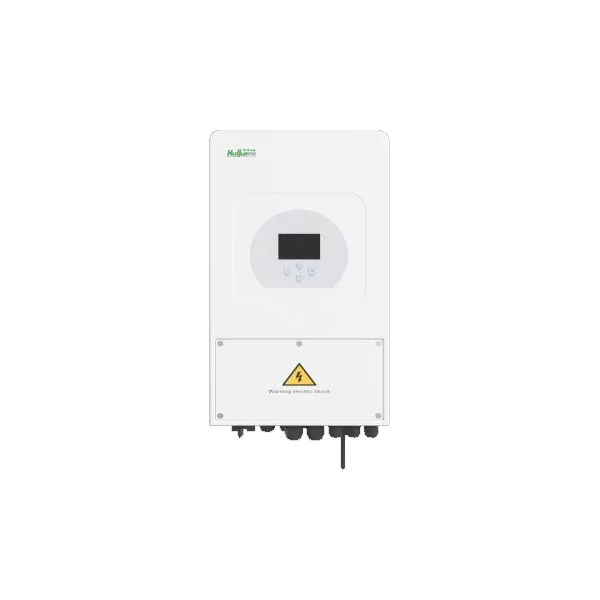Get A Quote Now!
Understanding the Relationship Between Pure Sine Wave Inverters and Solar Inverters
Pure sine wave inverters and solar inverters are fundamental components in solar energy systems, yet their roles often overlap and complement each other. Solar power users, particularly those who want to maintain energy efficiency and reliability, need to understand the relationship between these two types of inverters. This article explores the differences, similarities, and how they work together to provide clean, stable energy for homes and businesses.
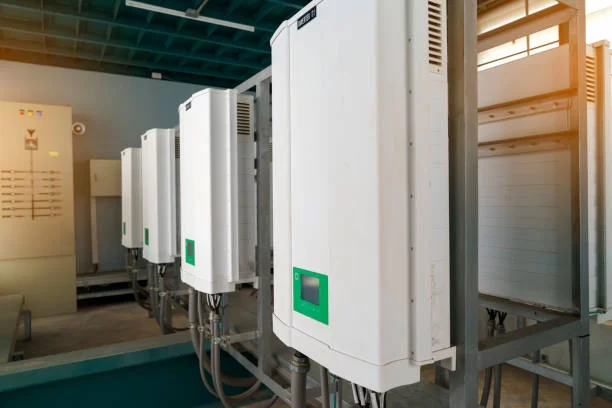
What Are Pure Sine Wave Inverters?
A pure sine wave inverter converts direct current (DC) electricity, typically generated from batteries or solar panels, into alternating current (AC) power, mimicking the smooth and consistent wave produced by the grid. This makes it ideal for running sensitive electronics and appliances, as it ensures minimal harmonic distortion. Pure sine wave inverters are often used in solar systems, backup power systems, and other off-grid applications.
Key Features of Pure Sine Wave Inverters:
- Smooth Power Output: The sine wave is clean and reliable, minimizing noise and distortion.
- Efficiency for Sensitive Devices: Ideal for running devices such as computers, medical equipment, and audio systems.
- Lower Risk of Damage: Protects appliances from the surges or irregular waves found in modified sine wave inverters.
Solar Inverters: Bridging the Gap Between Solar Power and Usable Energy
Solar inverters are designed specifically for converting the DC electricity generated by solar panels into AC power, which can be used by household appliances or fed back into the electrical grid. Most solar systems require inverters to make the solar-generated electricity compatible with home energy consumption or grid distribution.
Types of Solar Inverters:
- String Inverters: Handle energy conversion from multiple solar panels grouped into strings. They are cost-effective but can be less efficient in partially shaded areas.
- Microinverters: Installed on each panel individually, ensuring that shading or malfunctions on one panel don’t impact the overall system.
- Hybrid Inverters: Combine solar energy conversion with battery storage management, allowing for greater flexibility in how energy is used and stored.
Relationship Between Pure Sine Wave Inverters and Solar Inverters
Although pure sine wave inverters and solar inverters have distinct functions, they often overlap, especially in solar installations where stable and clean power is essential. Solar inverters can either be pure sine wave inverters themselves, or they can work alongside them to ensure that the power from solar panels is suitable for home appliances.
How They Work Together:
- Power Quality: In a solar system, the solar inverter often outputs a pure sine wave to ensure that the AC power it supplies is clean and smooth, just like the grid electricity. This is crucial for running sensitive appliances without the risk of damage.
- Backup Power Integration: In hybrid systems, where solar energy is stored in batteries, a pure sine wave inverter ensures that energy from both the solar panels and batteries is efficiently converted into AC power.
- Off-Grid Systems: In off-grid setups, pure sine wave inverters are critical for converting stored solar energy from battery banks into usable AC power for homes.
Why Choose Pure Sine Wave Inverters for Solar Systems?
- Compatibility: Pure sine wave inverters are highly compatible with a wide range of household appliances, including those with sensitive electronics.
- Efficiency: Solar systems are designed to harness renewable energy, and a pure sine wave inverter ensures that minimal energy is wasted during conversion.
- Reliability: For those relying on solar power as a primary or backup energy source, having a pure sine wave inverter guarantees a more reliable and consistent flow of power.
Conclusion: Integrating Pure Sine Wave Inverters in Solar Power Systems
In summary, pure sine wave inverters and solar inverters work in harmony within solar energy systems to ensure high efficiency and reliable energy conversion. When planning a solar installation, choosing a pure sine wave inverter is critical for maintaining energy quality, particularly for off-grid or hybrid solar setups. Understanding the relationship between these two types of inverters will help ensure that your system operates smoothly and efficiently.
If you’re interested in learning more about solar inverters or need help with your solar installation, explore our solar inverter solutions.


